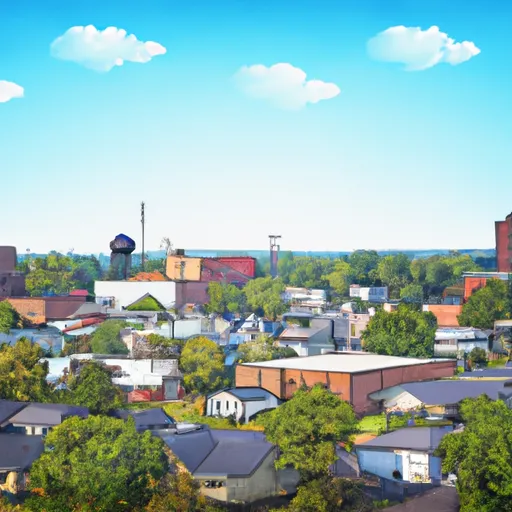°F
°F
mph
Windspeed
%
Humidity











West Salem is a small village located in Wayne County, Ohio. The climate in West Salem is classified as humid continental, characterized by warm summers and cold winters. Average temperatures range from around 20°F (-6°C) in winter to 80°F (27°C) in summer. Precipitation is evenly distributed throughout the year, with an average annual rainfall of 39 inches (99 cm) and 32 inches (81 cm) of snowfall.
Situated near the Black River, West Salem benefits from a hydrology system that includes several small tributaries and wetland areas. The Black River is an important water resource in the region, providing opportunities for fishing, kayaking, and canoeing. It supports a diverse aquatic ecosystem with species such as bass, walleye, and catfish.
Outdoor enthusiasts can explore the beautiful countryside surrounding West Salem. The village is surrounded by picturesque farmland, woodlands, and rolling hills, offering opportunities for hiking, birdwatching, and nature photography. Nearby parks, such as Mohican State Park and West Branch State Park, provide additional outdoor recreation opportunities including camping, boating, and horseback riding. With its pleasant climate and natural amenities, West Salem is a charming destination for outdoor activities and enjoying the beauty of Ohio's countryside.
Weather Forecast
West-Salem receives approximately 956mm of rain per year, with humidity levels near 79% and air temperatures averaging around 10°C. West-Salem has a plant hardyness factor of 6, meaning plants and agriculture in this region thrive during a short period during spring and early summer. Most plants will die off during the colder winter months.
Regional Streamflow Levels
11
Cubic Feet Per Second
31
Cubic Feet Per Second
8
Cubic Feet Per Second
136
Cubic Feet Per Second
Nearby Camping
| Camping Area | Reservations | Toilets | Showers |
|---|---|---|---|
| C. M. Wilson Conservation Area |



